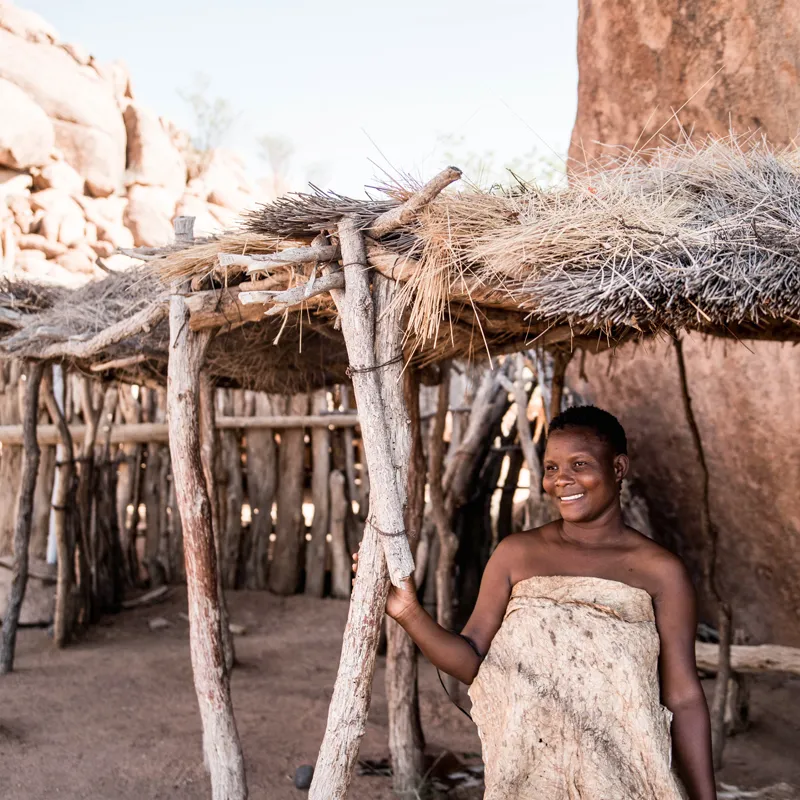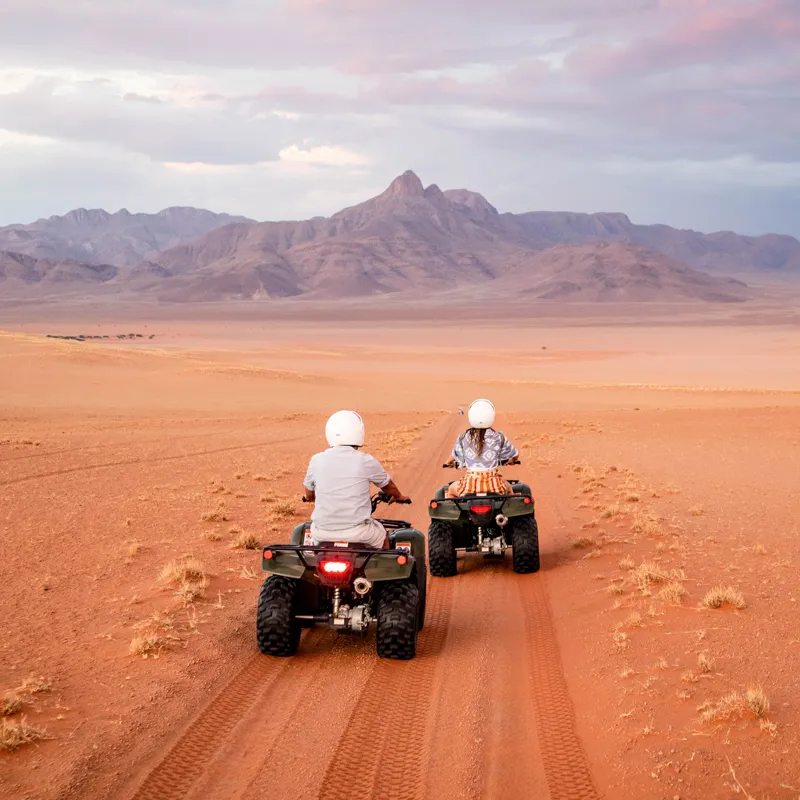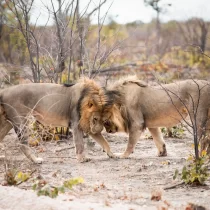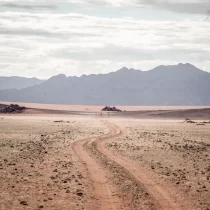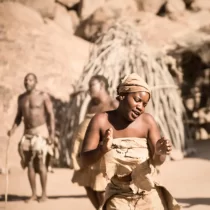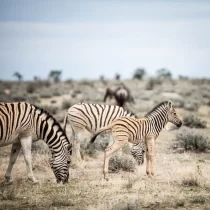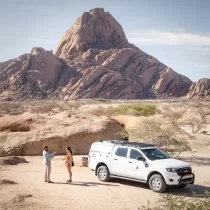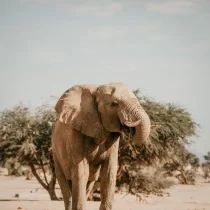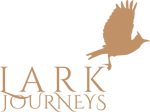Frequently
Asked Questions
Frequetly
Asked Questions
Is this your first time going on a safari in Namibia and not sure what you need to take or expect? Check our Frequently Asked Questions. You may find your answer here and prepare you for an unforgettable adventure.
Yes, any private guided, self-drive or fly in safari can be customised, and our itineraries for these are just examples of what you can see and do. Dates are also flexible (subject to availability) so let us know when you want to travel, what style, and approximate budget and we can tailor a package just for you.
Scheduled Safaris (group tours) however can not be customised at the rate advertised so if you are travelling as 1 or 2 people and looking for a guided tour these are the most affordable option.
This is based on the type of experience you’re looking for in Namibia. During the winter months (July – August) temperatures can drop significantly, at times dipping below zero. This offers an opportunity to indulge in physical activities such as hiking at Fish River Canyon, as the temperatures are more favourable during the winter season. When the food is scarce and trees are bare, bird watching is also a favourite during the winter season. However, if animal viewing is the sole purpose of your trip, the best time to travel is during the dry season (September to October). During this period there’s less vegetation and wildlife scour around water holes making them much easier to spot.
If you are looking for the best value, travelling outside of the high season (December – March) offers excellent value for money. While seasonal rain can occur (which we hope it does), it certainly doesn’t hinder a Namibian adventure, and if anything makes the already amazing landscapes even more breathtaking as they change before your very eyes from dry & desolate desert landscapes to green and bustling with life. While wildlife viewing may be less prolific, so are the crowds which means in addition to better prices, we are often able to secure our/your preferred lodges and activities.
Namibia is ranked in the top 4 of the most safest countries in Africa. Namibia is a relatively a very safe country as there are no natural disasters and the country hasn’t been involved in a war since achieving independence in 1990. However, small time muggings and snatching may occur thus as an extra precaution be vigilant when handling money at ATM’s, do not leave your belongings unattended or park your vehicle at an isolated location in city areas.
We are aware that travelling to Namibia may be a bit pricey and leave you hesitant, thus we always offer our clients the most competitive pricing to ensure affordability and great value for money. With over 20 years combined professional tour experiences, we pride ourselves on providing exceptional service from the first point of contact to the end of your tour experience.
Public transport is not an option for travelling around Namibia so you have 3 main choices:
– Guided Safaris (either private or scheduled group tours)
– Fly-in Safaris
– Self-drive tour (rent a vehicle and drive yourself)
Travel insurance is mandatory when joining a guided trip with Lark Journeys. It is generally highly recommended when traveling to Namibia in order to be sure that you’re covered for medical treatment, emergency evacuation and repatriation. Medical costs can be significantly higher in an emergency or if you’re in a remote location. On our guided trips we do provide passenger liability insurance as well as emergency medical evacuation insurance but clients still require their own insurance. Lark Journeys reserves the right to request proof of insurance from our guests. On Self-drive trips clients are not covered by Lark Journeys and should have the necessary insurance to have peace of mind that they are covered.
Tipping is not an absolute must but we do advise it, especially in circumstances when the guide has gone beyond to provide an exceptional service. There are no wright or wrong amount but a standard guideline is anything from N$100 per person per day if you are happy with your guide.
All travellers require a valid passport to enter into Namibia. Usually tourist visas are valid for 90 days (3 months) or for the duration of your tour. You usually need a passport valid for 6 months beyond the extended stay in Namibia and have enough pages for entry and exit stamps.
From 1st April 2025, a paid Visa On Arrival will be applicable for most passport holders. Please check with your nearest Namibian Embassy regarding the latest requirements or contact us for more information.
Namibia utilises 2 currencies, namely the Namibian Dollar (N$) and South African Rand (R). Both have the same one to one rate value. Other forms of currency can be converted into either Namibian Dollars or South African Rand at a bureau de change outlet at Hosea Kutako International Airport, Windhoek City or Swakopmund.
Although some lodges are more remote than others, rest assured that you will have access to electricity which will enable you to charge your phone or camera batteries. Although, we do recommend that you carry a power bank when using your phone to snap pictures to avoid missing the perfect shot when your phone’s battery is drained. Some of the more remote campsites might however not have electricity or have limited solar electricity. Please check with us at the time of booking.
Namibia generally uses the type D and M plugs and power sockets with a standard voltage of 220 v and a frequency of 50 Hz. However, universal adapters are available for purchase at local supermarkets for increased flexibility.
Access to the internet in Namibia’s main towns is well established and connection speeds are offered up to 4G in urban areas. It’s advisable to acquire a local sim card and register for a package that will be much cheaper than the roaming option if you really want to stay connected. However, don’t be surprised if this doesn’t cover you everywhere. Whilst some lodges will offer WiFi, due to the remote locations it might not always be lightening fast (or connect at all). We recommend using your trip to Namibia to disconnect from technology and connect with the people and landscape.
We accept two safe online ways for payment, namely: Electronic Funds Transfer (EFT) or Credit Card of which Visa, MasterCard and American Express are accepted. We will provide you with payment instructions at the time of booking.
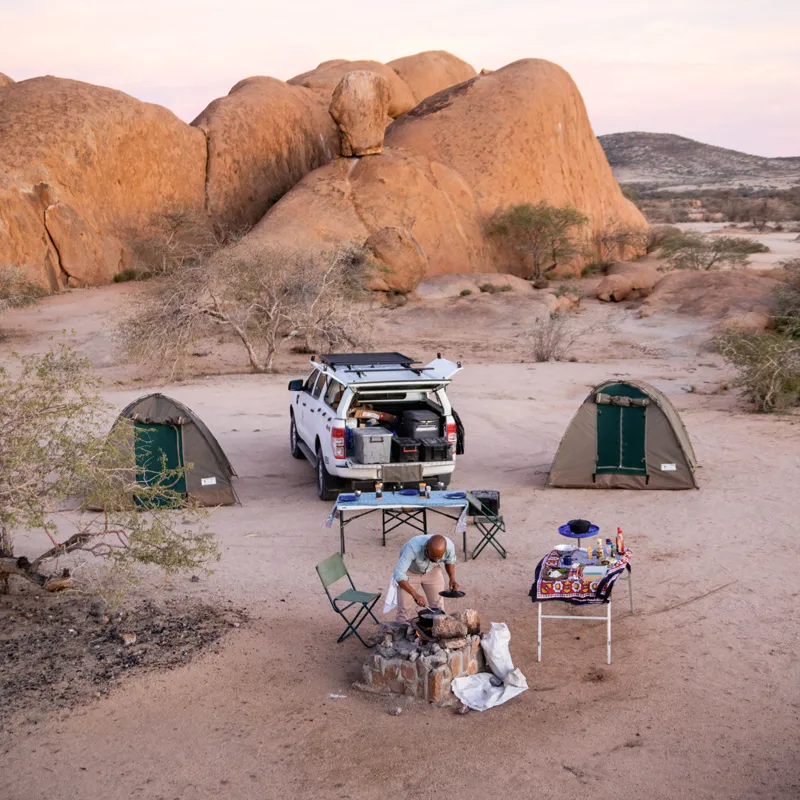
Self-Drive
Experience
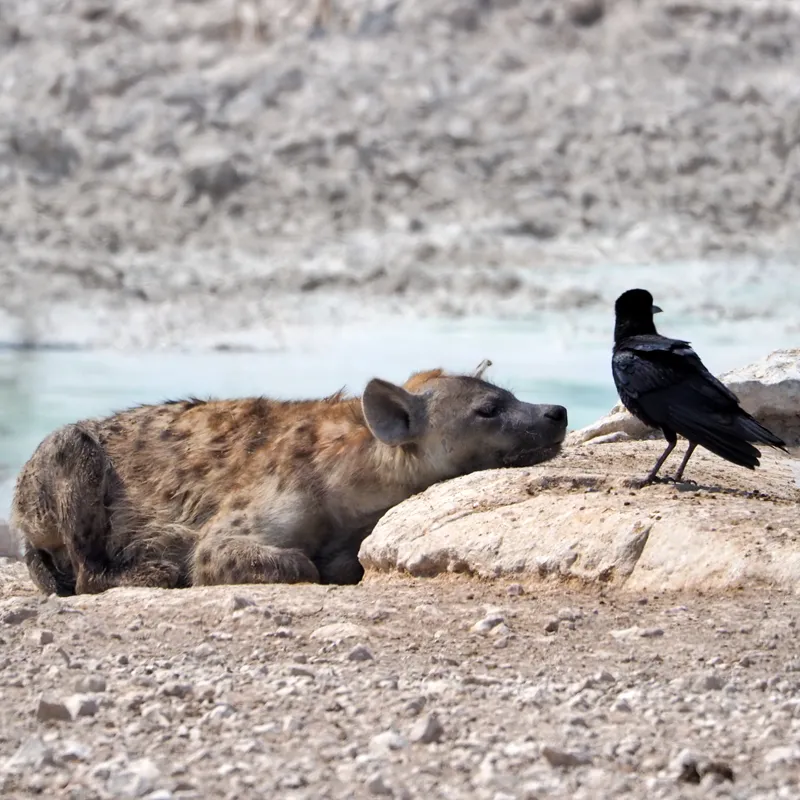
Hiking
In Namibia
